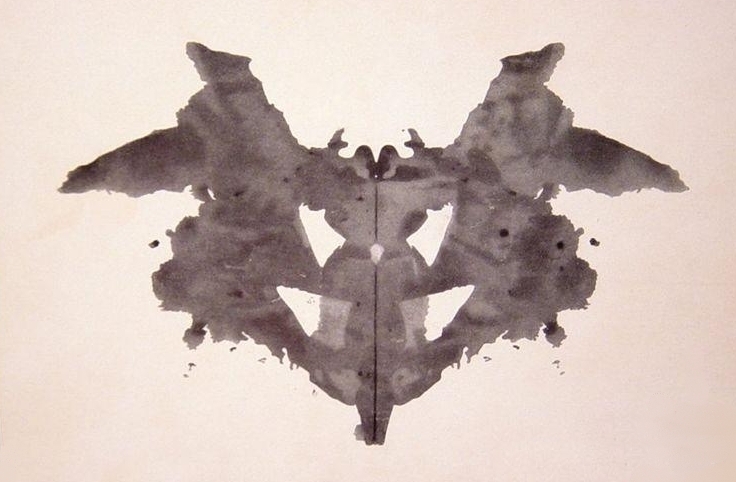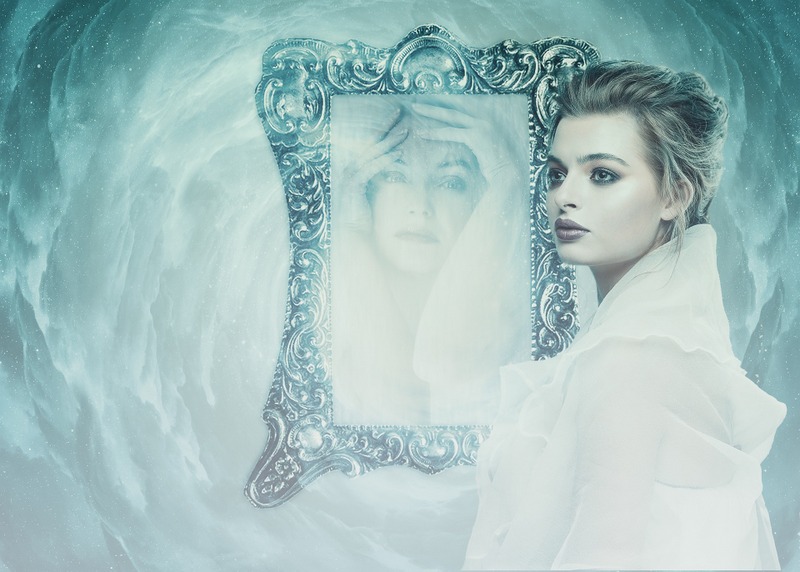Tarot card reading
How does tarot card reading work? Can you really tell from the tarot cards what is on someone's mind at the moment? And most importantly, how things are progressing? After all, this is by far the main reason why someone has the card read for themselves. To give a hint; the veil of the future.
(Previously published on woman.co.uk)
When you have a card reading for yourself - or lay the cards for yourself - the idea is that before the reading starts, you choose a number of cards from a row of closed cards laid out on the table in front of you. A pattern is then laid with your chosen cards. From this laying pattern, a story unfolds that offers you more insight into your past, present and future.
Predictions
When you visit a good card reader, or are a practised tarotist yourself, the results (almost) always turn out to be right. You recognise both the present and the past, and the predictions the cards make to you for the future (almost) always come true.
It also suddenly becomes clear what you need to do right now, because the images on the cards give you the flash of insight you were so desperately looking for before.
When I was a firm believer in the paranormal myself, I was convinced that while choosing the closed cards, we were intuitively guided to the right cards. With or without the help of our deceased loved ones. And that the tarotist interpreted the cards in cooperation with his guide and - of course - on the basis of psychic perceptions.
Subconscious
By now I know it works differently. Everything you have ever seen, heard, tasted, smelt or experienced stored in your subconscious. Even the most insignificant details like, say, a pamphlet on the street or a poster that once hung in the classroom at primary school.
Yet these vague memories may suddenly resurface. For instance, when seeing a similar image, reading certain texts, hearing old music or smelling a recognisable scent. It works the same way while reading tarot cards. The images stimulate your subconscious; the subconscious where all the answers to your questions are stored.
The illustrations on the cards trigger as it were your own subconscious. They give you a certain feeling related to certain insecurities, doubts, fear, sadness or even (suppressed?) anger that you are currently dealing with. Where one image gives you a nice feeling, the other instils fear.
Similar is the effect of the 'spot test' (the Rorschach test) that the psychiatrist/psychologist shows his clients. And in which - just like when reading tarot cards - everyone sees something different depending on their own experiences. Someone who has had a traumatic experience will see something different in a particular stain than someone who has so far known only prosperity in his life.
Rorschach test
This inkblot test is based on the human tendency to project interpretations and feelings onto certain images; in this case, inkblots. Psychologists and psychiatrists try to understand a person's personal traits and impulses based on their interpretations. Which, by the way, is not to say that the psychiatrist's interpretation is always correct. This is very personal. Just like interpreting the stains themselves.
Again, one psychiatrist will judge a certain interpretation of stains differently from another psychiatrist. And then who is right? I am therefore of the opinion that you cannot make a true diagnosis based on someone's view of these spots. Any more than this is possible with the tarot.
So I mention this test only as an example, to draw an understandable comparison with the working of the tarot cards. Although none of this can be proved or otherwise substantiated, I do think it is possible to gain some insight into a person's personality and/or way of thinking based on their reactions.
Psyche
The reason why the psychologist/psychiatrist does not just ask a person directly how he feels, what thoughts play an important role in his life and what problems he is facing, is that most people are generally not fully aware of certain processes in the psyche. One lacks a certain understanding about this. Certain behaviour, after a certain event in the past, has probably crept in over the years.
The person in question is probably not even aware of this. He may not even know that he is exhibiting certain behaviour to protect himself from something, to react to something or to get a certain attention. Indirect methods, like giving a direct response to certain images, can clarify this limited understanding.
In addition, indirect methods are less sensitive to interviewees' tendencies, conscious or unconscious, to represent themselves differently from what they are. Or to invent their own response in response to their own 'wishful thinking'. Or to carefully tailor their response to what they think the psychiatrist would like to hear.
This is how reading tarot cards (for me personally) also works. What do you see in an image and how do you react to it the moment you turn over the card? The tarot Confronts you with yourself!
Psychology
So the tarot has nothing to do with psychic abilities or advisory guides from the afterlife. The illustrations on the cards stimulate your subconscious instead of you blindly intuitively choosing the cards. And the predictions that come true are entirely up to you.
Do the cards warn you that the current situation is unpleasant? Then you probably already subconsciously know yourself that you are not doing quite right and it is entirely up to you to change your own behaviour in this situation.
In short, the tarot is nothing more than a form of psychology. Creative psychology! Yet this does not make a tarot consultation any less fun, useful or interesting. On the contrary! It is precisely the psychological aspect that allows a tarot consultation to offer you so much more insight than believing a psychic charge.
The fact that you do not need to be psychic or clairvoyant to do a good tarot reading means that anyone is therefore capable of learning to read the tarot cards.
Tarot blog >HOME




